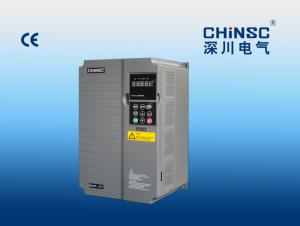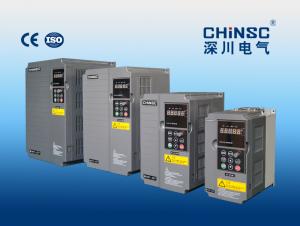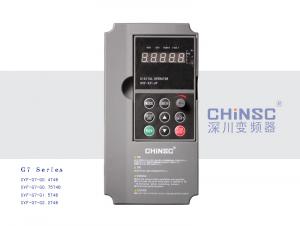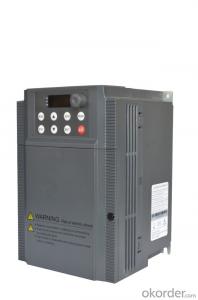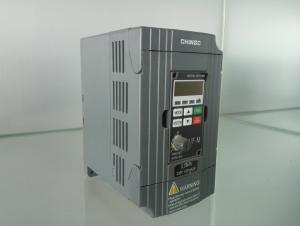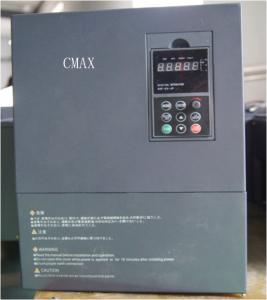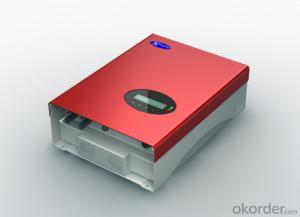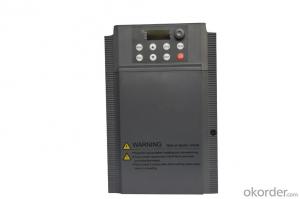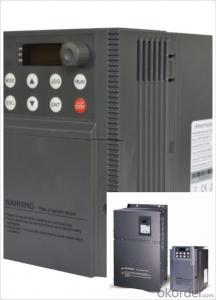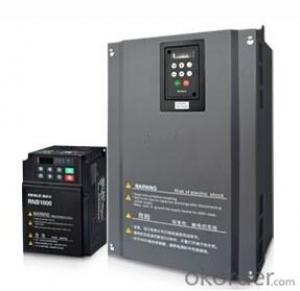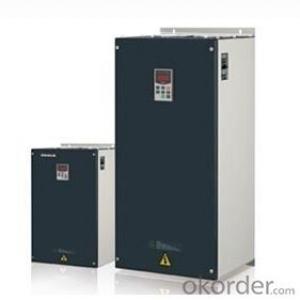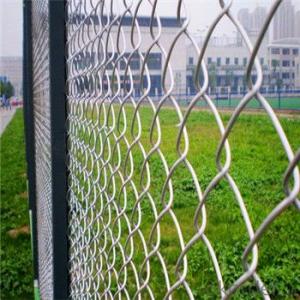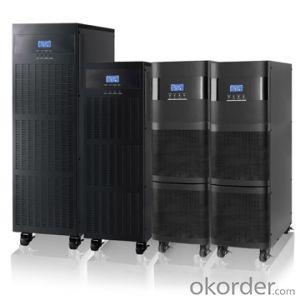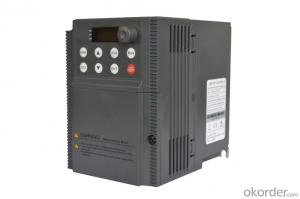3-Phase Solar Inverter
3-Phase Solar Inverter Related Searches
Inverter For Off Grid Solar Ct For Solar Inverter Solar Inverter For Rv Inverter For Solar Quality Solar Inverter Best Solar Inverter In Kerala 3 In 1 Solar Inverter Buy Solar Inverter In Nigeria Pcu Mode In Solar Inverter Igbt In Solar InverterHot Searches
Solar Inverter For Laptop Solar Inverter For Fridge Best China Solar Inverter China 3 Phase Solar Inverter Solar Inverter Supplier In Uae Solar Inverter In Dubai Solar Inverter In Saudi Arabia Solar Inverter In Uae Solar Inverter In Kerala Solar Inverter In Nepal Solar Inverter In Burpengary Solar Inverter In Caboolture Solar Inverter In Chennai Solar Inverter In Lebanon China 10kva Solar Inverter China Solar Inverter 1000kw China Solar Inverter 3kw China 5000w Solar Inverter China 850va Solar Inverter Solar Inverter For Fridge3-Phase Solar Inverter Supplier & Manufacturer from China
Okorder.com is a professional 3-Phase Solar Inverter supplier & manufacturer, offers integrated one-stop services including real-time quoting and online cargo tracking. We are funded by CNBM Group, a Fortune 500 enterprise and the largest 3-Phase Solar Inverter firm in China.Hot Products
FAQ
- Yes, a solar inverter can be used in mobile applications. Mobile solar inverters are specifically designed to convert the direct current (DC) power generated by solar panels into alternating current (AC) power that can be used to charge mobile devices or power small appliances while on the go. These inverters are typically compact, lightweight, and have features like USB ports or built-in batteries to provide convenient and portable power solutions.
- Yes, a solar inverter can be used with solar-powered desalination systems. A solar inverter is responsible for converting the direct current (DC) produced by solar panels into alternating current (AC) that is required for the operation of desalination systems. By integrating a solar inverter, solar energy can efficiently power the desalination process, making it a sustainable and eco-friendly solution for water purification.
- A solar inverter can be installed both indoors and outdoors, depending on the specific requirements and preferences of the installation. However, it is essential to consider factors such as available space, ventilation, temperature regulation, and protection from environmental elements when deciding on the installation location.
- A solar inverter handles grid islanding conditions by continuously monitoring the grid voltage and frequency. In the event of a grid outage or disturbance, the solar inverter detects the change and disconnects from the grid to ensure the safety of utility workers. It then enters islanding mode, wherein it generates electricity from the solar panels and supplies it to the local loads. This prevents backfeeding and maintains a stable power supply within the isolated system.
- The role of Maximum Power Point Tracking (MPPT) in a solar inverter is to optimize the power output from the solar panels by constantly adjusting the voltage and current to ensure that the solar panels are operating at their maximum power point. This allows the solar inverter to efficiently convert the DC power generated by the solar panels into AC power for use in homes or businesses. By tracking and adjusting the maximum power point, MPPT technology maximizes the overall energy production and improves the overall efficiency of the solar inverter system.
- Yes, a solar inverter can be used in a commercial or industrial setting. In fact, they are commonly used in these settings to convert the direct current (DC) electricity generated by solar panels into alternating current (AC) electricity that can be used to power various commercial and industrial equipment. Solar inverters are essential components of solar power systems in such settings and play a crucial role in maximizing energy efficiency and reducing reliance on conventional power sources.
- Yes, a solar inverter can be used with different types of grounding configurations. However, it is important to ensure that the grounding configuration of the inverter is compatible with the specific electrical system it is being connected to. It is recommended to consult the manufacturer's guidelines and local electrical codes to determine the appropriate grounding configuration for safe and efficient operation.
- The role of a display interface in a solar inverter is to provide real-time information and control options to the user. It allows the user to monitor and understand the performance of the solar inverter, such as the amount of energy being generated, the status of the system, and any potential issues. The display interface also enables the user to adjust and optimize the settings of the inverter, such as voltage and frequency, to ensure efficient operation. Overall, the display interface enhances the user experience by providing visibility and control over the solar inverter's functions.








